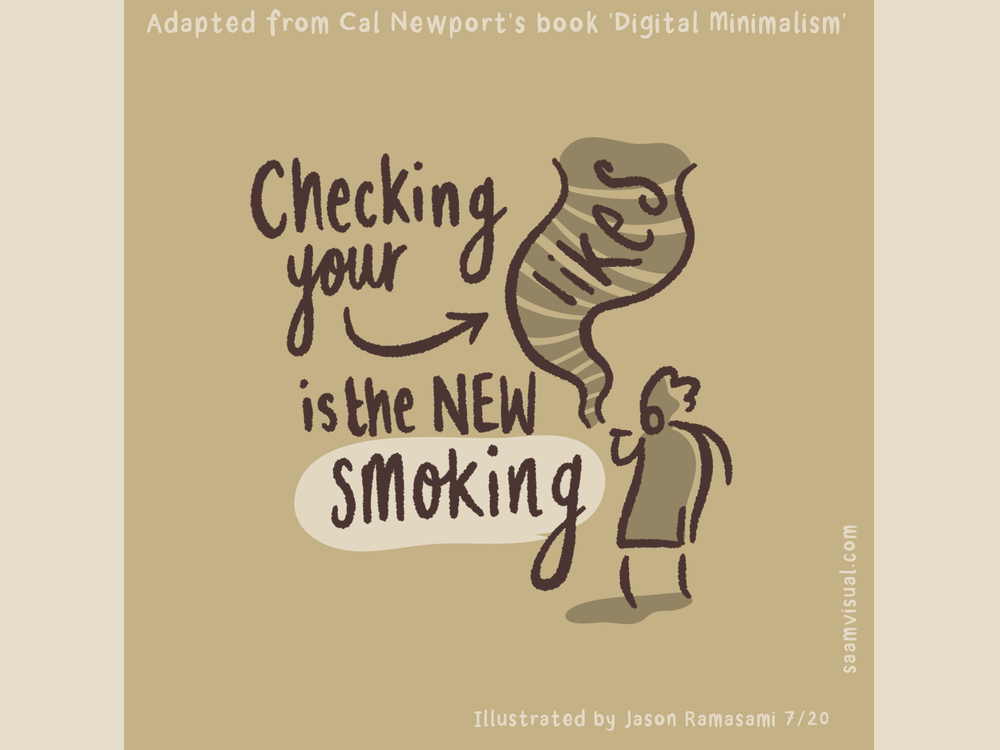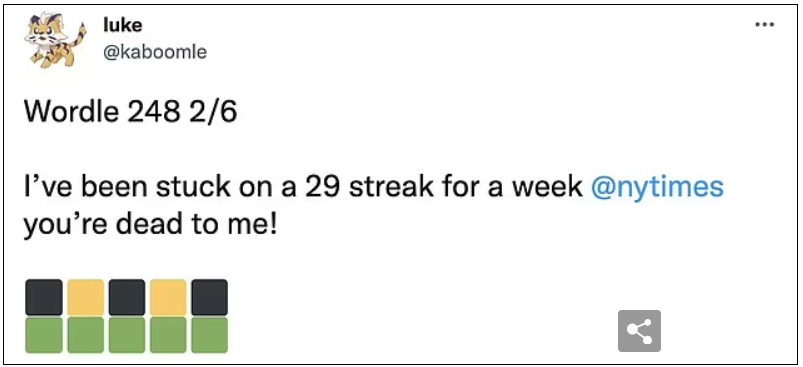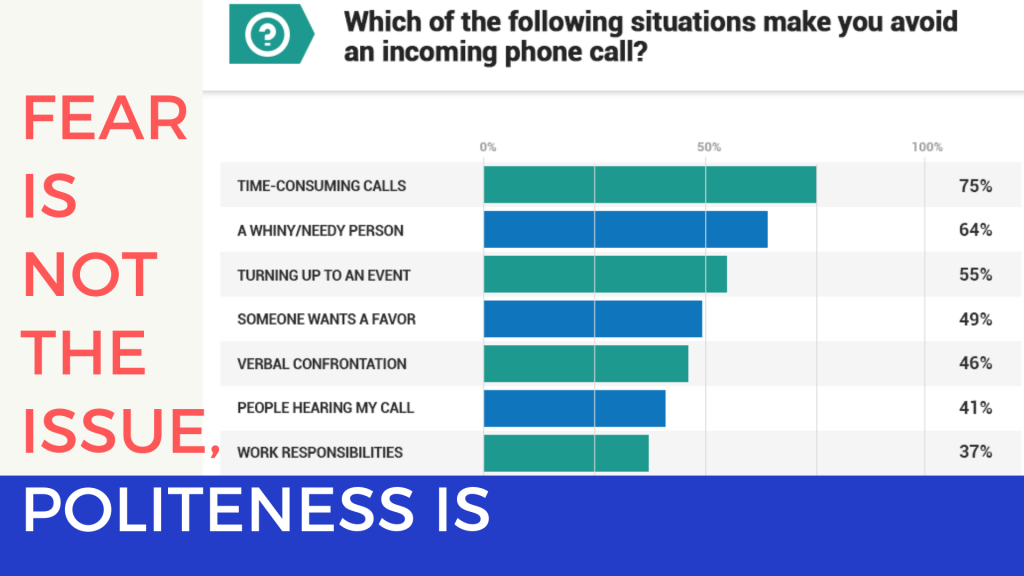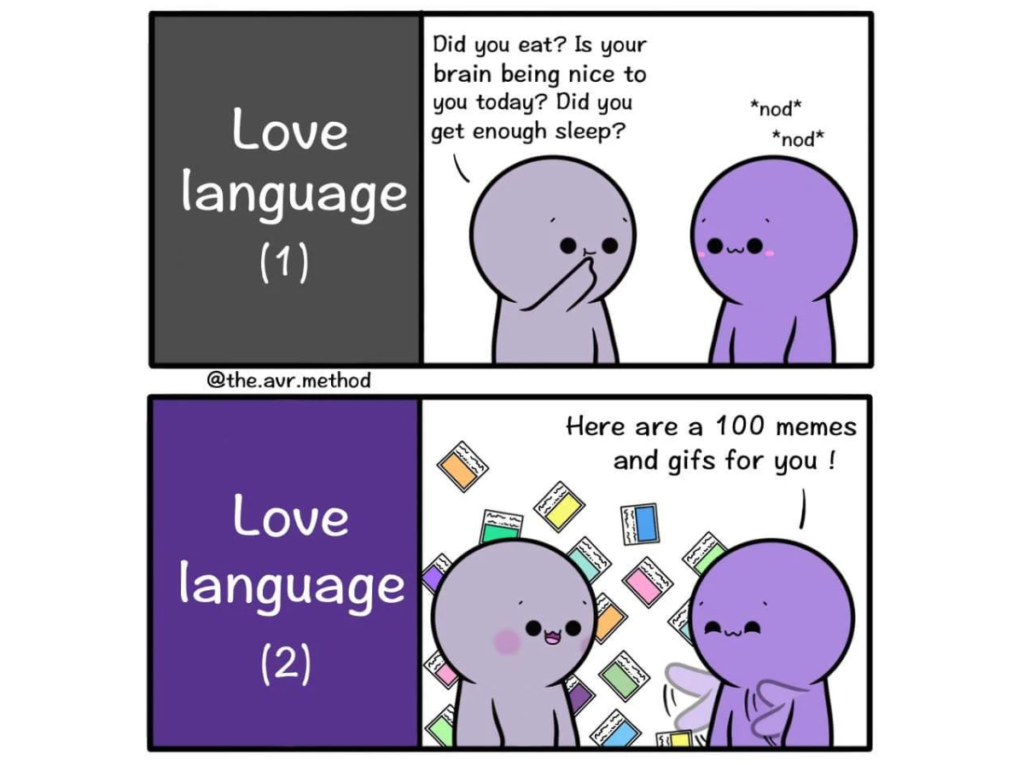Happy Easter, if you celebrate! I am now at the end of my digital detox (inspired by Cal Newport’s book Digital Minimalism [1]) … and at the beginning of whatever happens next.
Over the past few weeks, I’ve had several people ask me how my digital detox has been going. My immediate response every time is to say how much I have loved it and how I don’t want to go back to my pre-Lenten levels of social media activity. I recognize that that isn’t entirely feasible for me in the long term, and that there’s a balance I will need to achieve in post-detox reintegration – one that offers me enough flexibility to use these tools as tools, but also strong enough boundaries to protect my time, attention, and energy.

Image credit: [2]
Certainly, as Lent has progressed this year I have slipped more frequently on my own guidelines – particularly when it comes to coordinating outings with multiple people and when it comes to the end of long, exhausting days when it is just too tempting and too easy to sit down with Christian and watch YouTube together. I want to make sure that whatever my next phase looks like, it is mindful and beneficial. Given that, it makes sense now for me to evaluate what I’ve lost, what I’ve gained, and what I hope to achieve moving forward.
What I’ve Missed
The biggest thing that scared me going into this detox was the isolation I expected to feel, not just dropping Facebook (as I have in the past) but also Messenger and texting. My parents and I communicate almost exclusively by phone, so nothing really changed there, but I expected to feel very isolated for these six weeks. In practice I might drop the term “very,” but I certainly did miss regular, if not constant, contact with my husband and friends, especially our standard crossfire of memes throughout the day. I have made more of an attempt to call or even meet up with people I care about, and those interactions are far richer and enjoyable, though notably less frequent than I’d like.
I was surprised to find that I didn’t experience as much FOMO (fear of missing out) as I expected, but I did encounter a very strong fear of being forgotten. Without being available for constant contact with others, my brain tells me that people I care about will feel neglected and snubbed… or worse, realize how unnecessary my presence is in their lives. I recognize the value of nurturing relationships, so it does scare me a little bit to think that shifting to quality (from quantity) interactions will probably mean that I am nurturing fewer relationships – at least in any meaningful way.
What I’ve Loved
When I was at my last job, pre-pandemic, I worked hard, and I played hard. The only reason I maintained a work-life balance was because obligations related to my hobbies forced me to put my work down in the evening and move on to choir, or book club, or marathon training, or whatever else was going on that night. My over-scheduled life was very full and enriching, but I was not in the position to exhale, let alone think about what I was doing or why. Similarly, constantly staying up to date on Facebook notifications and group chats, as well as maintaining my Duolingo and NYT Crossword streaks, ensured that my time was spent in a reactive, not proactive way.

Image credit: [3]
My current job, which was challenging from day one, has been especially demanding this spring, with my attention required to navigate some significant strategic decisions for the organization as a whole. By removing low-quality digital interactions from my day, I have had significantly more mental decompression time, which has also allowed my brain some added processing power to work through problems in the background. I recognize that replacing social interaction time (even if superficial and digital) with additional work time (even if passive or subconscious) is still not the most healthy or sustainable trend, but I also feel like this extra mental bandwidth could not have arrived at a better time.
And it hasn’t been all work, even though I do feel that my work has benefited significantly. I have been taking time every morning and night to practice gratitude and reflect on my day, respectively. Time that typically would have been spent staring at my phone – the last thing I looked at before going to sleep and the first thing I looked at upon waking – has now been replaced with time writing in my Panda Planner. [4] Taking just a few minutes at each end of the day to practice mindfulness and gratitude has significantly improved my mood and perspective, while also helping me to identify my priorities.
Finding Balance
As I’ve mentioned before, my husband has not been thrilled with this digital detox because it has disrupted our normal channel of communication, which is Facebook Messenger. It also means that over the last six weeks, he has largely had to take over the role of social coordinator with our friends. I do have to give credit where it is due, though: he has been an absolute champ during that time, to the point that I even referred to him as my “handler” last weekend, “making sure I’m well-fed, rested, and socialized.”
I know he is not a fan of talking on the phone, which has happened multiple times over the past few weeks, while I was on a work trip to DC and now that I am visiting my parents for Easter weekend (where I am writing this post). I have, however, noticed a difference in the quality of conversation when we spend a few minutes on the phone, rather than messaging throughout the day. The time we do talk is so much more special (because it’s limited) and enjoyable (because it’s focused).

Image credit: [5]
Christian and I will need to figure out a communication system that works for both of us, and that will likely require an iterative process of trial and error as we examine different tech solutions and levels of boundaries. As for the rest of the world, I’ve already had some thoughts about more sustainable guidelines that could help me maintain healthier boundaries with social media moving forward…
- Facebook Messenger
This one is by far the biggest offender, and I expect it to represent the biggest challenge as well. What I would like to do is use Messenger primarily to plan times for phone calls, video chats, and in-person get-togethers with others. My friends and I share a lot of memes and news articles with each other, so I may need to figure out a way to set aside time for those, without looking at them as they come in. But ultimately I want to make sure I’m prioritizing actual conversation time over digital interaction time. - Facebook proper
I honestly did not miss much of my Facebook time this Lent, though I did pop back on Sundays to post links to this blog series. I do like Facebook’s birthday tracking functionality and would like to continue to make use of that. (I know I missed reaching out during some birthdays and other life events, especially when it came to friends I wouldn’t normally call out of the blue – which is most of them.) Nevertheless, I really want to avoid whatever I can on this site and like the idea of limiting my Facebook time to one day a week. - YouTube
The biggest challenge for me throughout Lent was YouTube, mostly because Christian and I use it as a form of TV for ourselves in the evenings. While most of the channels we watch are educational, [6],[7],[8] fun and cultural, [9],[10] or just meditative and stress-reducing, [11] I worry about how easy it is to slip into bingeing a string of videos until the whole evening is gone, and it’s time for bed. Limiting ourselves to a certain number of videos or making sure we take the opportunity to talk about each one afterwards may be the best way to go here. - Texting
I turned off text notifications on my phone during Lent, but consequently I felt like I checked my texts more frequently just in case I missed something from someone who needed to get in touch with me. (I also most definitely broke my texting rules one night when I forced Christian to watch “Gone in Sixty Seconds” with me, [12] and I spent most of the movie quoting it, back and forth by text, with my college roommate – it was a frequently watched favorite of ours.) Nevertheless, I think the approach of checking texts at specific, pre-set times is the best way to go here, as with the next one… - Email
Email is the digital medium about which I probably have the fewest concerns, mostly because I don’t actually check it as often as I should (at least that’s the case for personal emails, not work). Setting specific times to check my email may actually help me keep on top of those messages – and news, as I subscribe to a few news digests [13],[14],[15] rather than going to news sites throughout the day.

Image credit: [16]
All in all, I am very glad I went through this digital detox, and I am grateful for my husband’s patience throughout the process. I’m sure that maintaining my boundaries through the coming digital reintegration will be a battle for me, and I’m sure there will be some backsliding in the months to come. Treating social media use as an addiction (arguably not an exaggeration, given what we know about how certain technologies are built with our brain chemistry in mind), I know it will require that I regularly reassess what is working for me and what isn’t.
Ultimately, I know that I want to maximize the value of the limited time I have on this planet by prioritizing the things that really matter to me. To do that, I also know that I have to be honest with myself about whether I am getting value from the technology I use. Public forums can be helpful for encouragement and accountability alike, and I would invite you to join me if you’re on this path too or looking to make a change to your social media use. Please feel free to share your experiences below in the comments – I would be happy to hear from you.
Thank you for being here and for reading!
[1] https://www.goodreads.com/book/show/40672036-digital-minimalism
[2] https://saamvisual.com/process/2020/7/21/calnewport-digitalminimalism
[5] https://jeffjbutler.com/2019/04/02/why-millennials-dont-like-to-make-phone-calls-from-a-millennial/
[6] https://www.youtube.com/@SciShow
[7] https://www.youtube.com/@LegalEagle
[8] https://www.youtube.com/@CinemaTherapyShow
[9] https://www.youtube.com/@AbroadinJapan
[10] https://www.youtube.com/@RandyRainbowOfficial
[11] https://www.youtube.com/@AndyPhillipWoodturning
[12] https://www.imdb.com/title/tt0187078/
[14] https://www.theflipside.io/
[15] https://www.wesa.fm/wesa-newsletters
[16] https://preview.redd.it/w42p7tkavxz41.jpg?auto=webp&s=8504f2732add70308661bd629be4b1f5f1e96e35
0 Comments